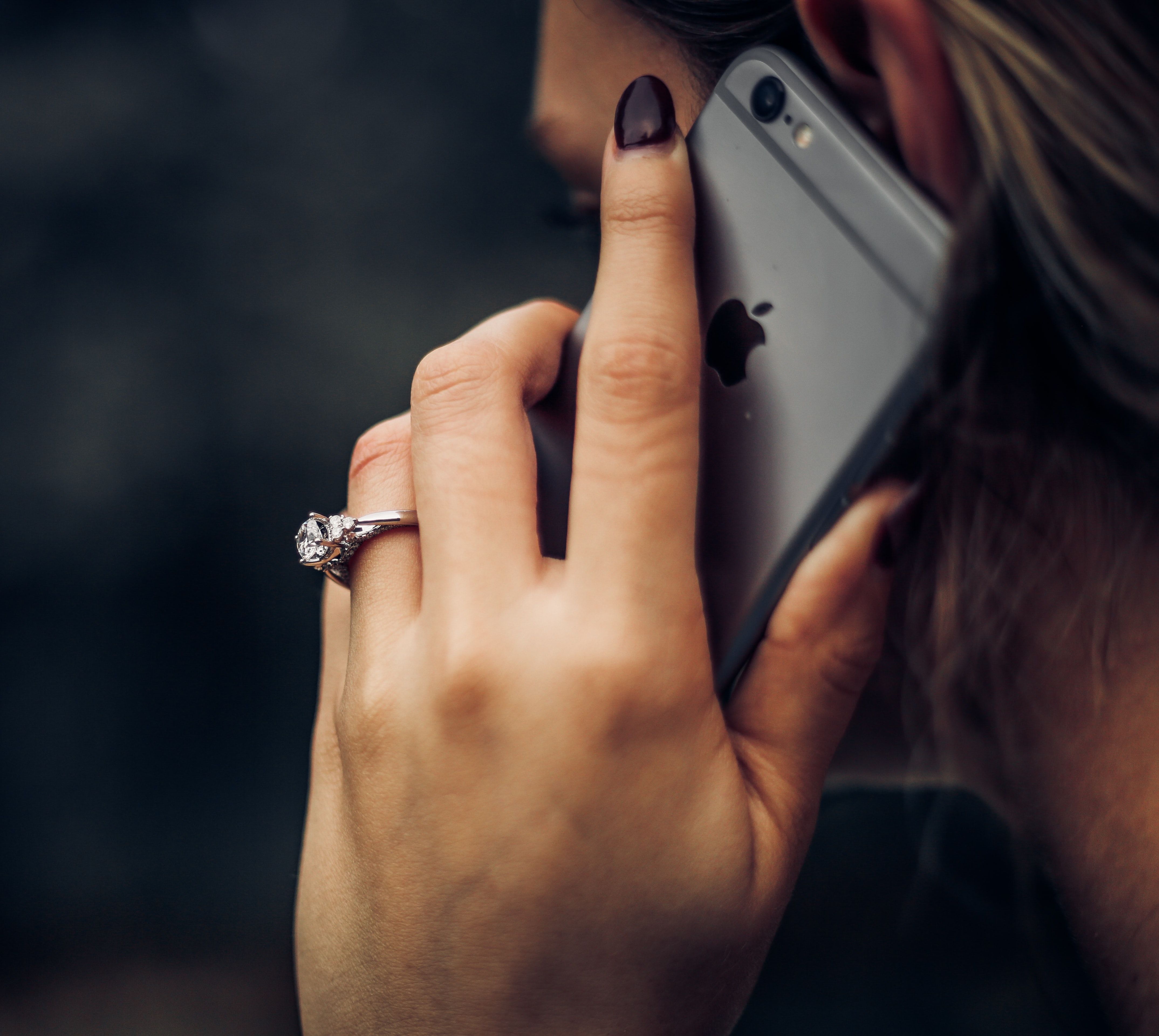San Francisco COVID-19 Tracing Led to 10% Contact Diagnoses
The new research letter also highlights a concerning rate of infection among Latino patients.

Contact tracing, a vital resource in coronavirus 2019 (COVID-19) management and mitigation, provided a San Francisco-based team of investigators insight into 80% of regional confirmed cases from the early months of the pandemic in a recent research letter.
In new data published to JAMA Internal Medicine, a team of investigators from the San Francisco Department of Public Health and the Institute for Global Health Sciences, University of California, San Francisco, reported an evaluation of case investigation and contact tracing outcomes during stay-at-home mandates from April 13 to June 8.
Led by Darpun D. Sachdev, MD, the team conducted an evaluation of contact tracing outcomes through a calculation of proportional people interviewed by case investigators, and the rate of such cases to have had at least 1 contact notified, tested, and newly diagnosed with COVID-19.
As they noted, it is currently estimated that about 75% of COVID-19 infected contacts need to be quarantined from others for the pandemic to become contained.
“Given the pressing need to reopen economic activity prior to the availability of a vaccine, the US and other nations are investing in contact tracing as a core component of the COVID-19 response,” they wrote. “We evaluated case investigation and contact tracing outcomes in San Francisco, California, during shelter-in-place restrictions.”
Among the 1633 cases reported in San Francisco during the stay-at-home order, case investigators interviewed 85.4% of infected patients. Median patient age was 37 years old (IQR, 26-49), and 60.3% were male.
Nearly 70% of the interviewed COVID-19 patients were Latino—despite such persons constituting only 15% of the San Francisco population. Among that population of COVID-19 patients, 85% were primarily Spanish-speaking. Of the 43.2% of people residing in a household with ≥5 people, 84.6% were Latino.
Investigators observed 791 people interviewed after recommending universal testing for close contacts; more than half (51.1%) identified a contact not previously diagnosed with COVID-19. Nearly half (45%) had at least 1 contact notified, one-quarter (26%) had at least 1 contact tested, and 9.1% had at least 1 contact test positive for COVID-19.
Among the 1214 traced contacts during the stay-at-home mandate, 83.8% were successfully notified; more than one-third (37.6%) were tested, and 9.9% were newly diagnosed with COVID-19.
“The median number of days was 3 from symptom onset to testing, 2 from testing to test result, 1 from test result to case interview, and 1 from case interview to notification of the first contact,” investigators reported. “Overall, median time from the case’s symptoms to contact notification and testing was 6 days and 6 days, respectively.”
Sachdev and colleagues concluded their findings illuminate understanding and validity of contact tracing, noting the five-fold increased likelihood of new COVID-19 diagnosis among contacts versus the citywide positive test result of 2.2% during the stay-at-home order.
That said, concerns persist in implementing optimized COVID-19 testing and contact tracing.
“Although the majority of people with COVID-19 were interviewed within 1 day of test result, the 5-day delay between case symptom onset and positive test result raises concern regarding the timeliness of tracing in preventing onward transmission,” investigators wrote. “Addressing testing delays and improving contact identification will be necessary to optimize COVID-19 contact tracing efforts.”
